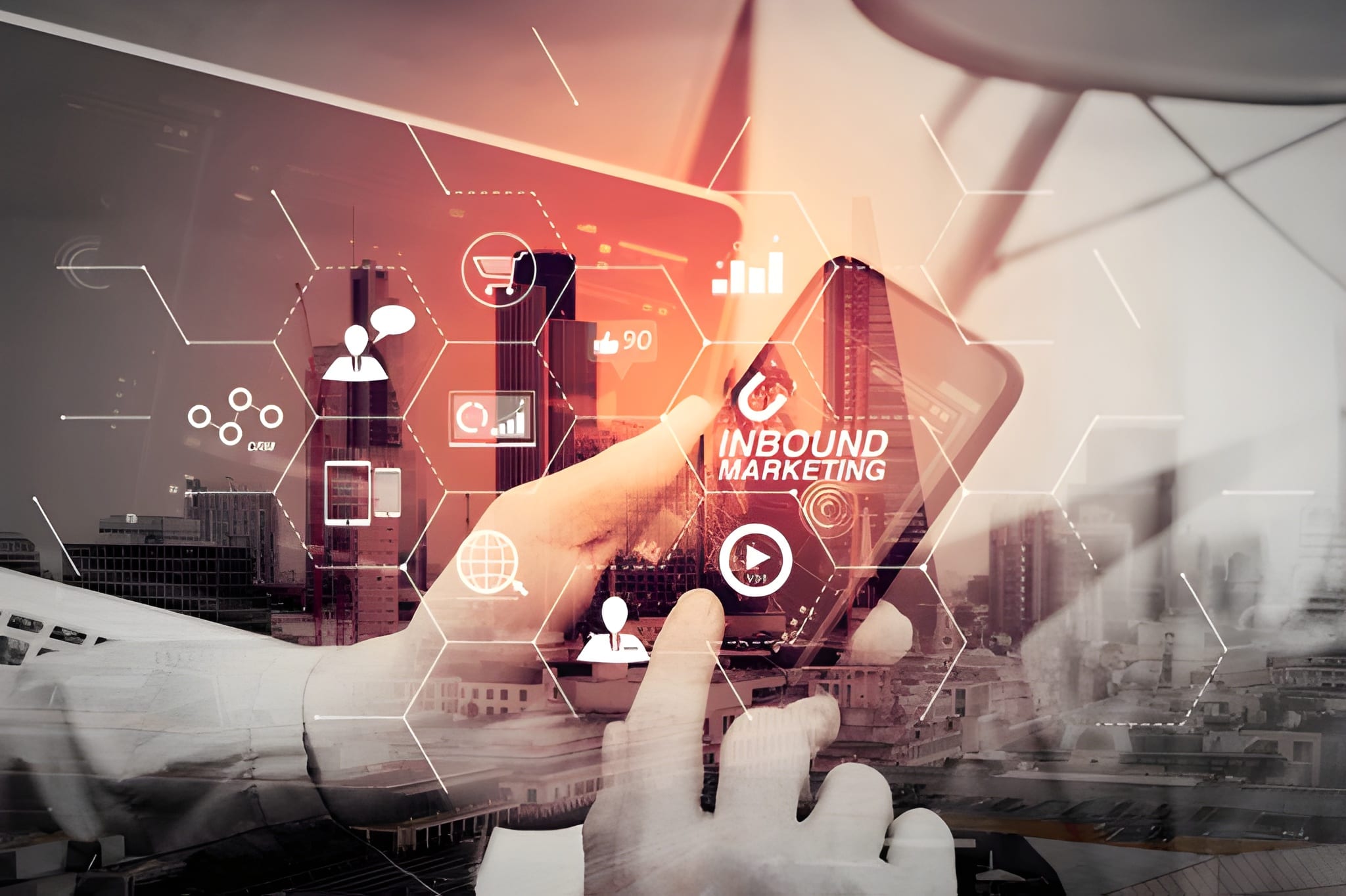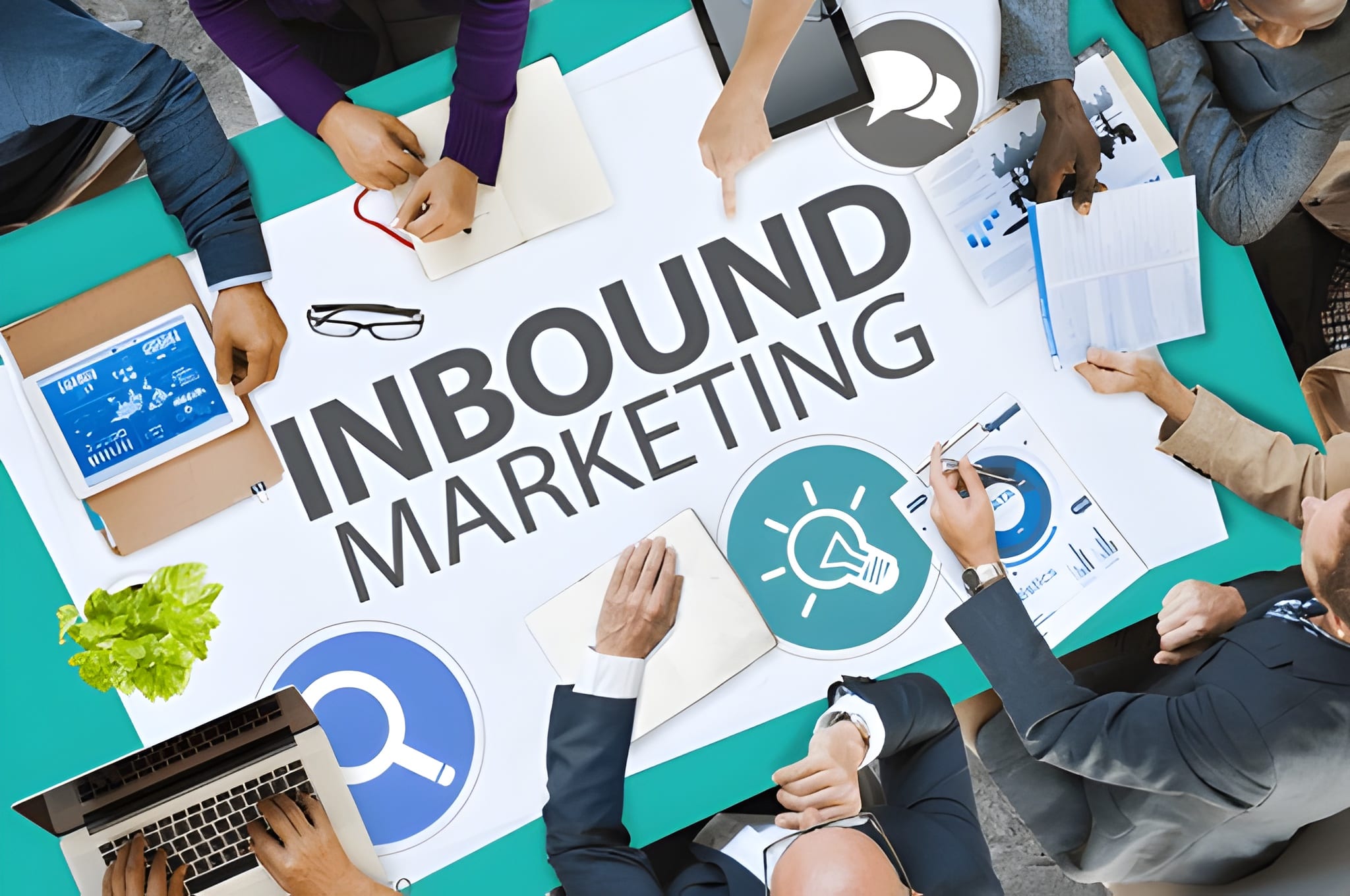AR and VR are transforming inbound marketing by offering immersive, interactive experiences that boost engagement, increase conversions, and strengthen brand recall. With mobile AR, accessible tools, and growing consumer adoption, businesses of all sizes can integrate virtual demos, try-ons, and interactive content to enhance their funnels and drive measurable results.
Inbound marketing has always been about attracting, engaging, and delighting prospects with valuable content. But in today’s hyper-competitive landscape, simple blog posts and newsletters can only take you so far. Immersive technologies—augmented reality (AR) and virtual reality (VR)—offer a powerful way to rise above the noise, create memorable experiences, and build deeper connections with your audience.
What Are AR and VR in Inbound Marketing?

Augmented reality overlays digital content—images, videos, 3D models—onto the physical world via smartphones, tablets, or AR glasses. Virtual reality transports users into a fully digital environment through headsets. By integrating these technologies into your inbound strategy, you can deliver interactive product demos, virtual tours, gamified quizzes, or immersive storytelling that captivate and educate prospects like never before.
Key Benefits of Immersive Inbound Experiences
- Enhanced Engagement: Interactive AR/VR content holds attention longer and encourages active participation, reducing bounce rates and increasing time on site.
- Improved Conversions: A realistic 3D product try-on or virtual showroom walkthrough can alleviate purchase anxiety, leading to higher add-to-cart and checkout rates.
- Stronger Brand Recall: Memorable immersive experiences create emotional connections, making your brand more top-of-mind during buying decisions.
- Rich Data Insights: AR/VR platforms can track user interactions—gaze, dwell time, gestures—to refine targeting and personalize follow-up content.
Implementing AR/VR in Your Inbound Strategy
To get started, follow these steps:
- Define Your Goals: Are you educating prospects about product features, offering immersive demos, or gamifying lead capture? Clarify objectives and KPIs up front.
Clearly defining measurable outcomes—such as engagement duration, demo completion rates, or qualified lead conversions—helps guide the creative direction and ensures that your immersive experience supports real business goals. This also helps align marketing, sales, and development teams around shared expectations. - Choose the Right Platform: For AR, consider ARKit and ARCore for mobile apps or web-based frameworks like 8th Wall. For VR, explore Unity or Unreal Engine paired with Oculus or HTC Vive.
The right platform ensures accessibility, smooth performance, and the level of immersion you need. Web-based AR works best for instant experiences that don’t require downloads, while VR is ideal for deeper storytelling and high-impact product education. Make sure your choice aligns with your audience’s device habits and technical capabilities. - Produce High-Quality Content: Work with 3D artists and UX designers to build realistic models, intuitive interactions, and seamless transitions between physical and digital elements.
High-quality visuals and smooth interactions make the experience memorable and credible. Focus on accurate product scaling, natural animation, and clear navigation cues so users know exactly how to interact with the environment. This reduces friction and boosts engagement across all audience segments. - Integrate with Your Funnel: Embed AR markers in printed collateral or QR codes on your website. Capture lead data through in-experience forms, then nurture with email workflows and retargeting ads.
Treat AR/VR as part of your broader customer journey—not a standalone experience. Add CTAs directly inside the immersive environment, drive users to landing pages tailored to their interactions, and use collected data to personalize future content. This ensures the immersive experience contributes directly to pipeline growth. - Analyze and Iterate: Use analytics from your AR/VR platform (engagement time, interaction heatmaps) alongside CRM data to optimize content, messaging, and distribution channels.
Track how users move through the immersive space, which features they explore most, and where they disengage. Combine behavioral insights with lead quality and sales outcomes to refine your approach. Regular updates—new scenes, improved models, clearer prompts—keep the experience fresh and high-performing.
Best Practices for AR/VR Inbound Campaigns
Keep It Simple: Avoid overwhelming users with too many interactive elements. Focus on a clear value proposition: solve one problem or showcase one feature at a time. Simplicity helps users understand the experience quickly, reduces friction, and ensures smooth navigation—especially for first–time AR/VR users. A clean, focused design also loads faster and performs better on mid-range devices, improving overall engagement.
Ensure Accessibility: Offer non-immersive fallback content for users without AR/VR hardware. Provide clear instructions and ensure cross-device compatibility. This can include video walkthroughs, 360° previews, or static images that mirror the experience. Accessibility also means minimizing technical barriers, such as requiring app downloads when a web-based AR experience would work just as well. The more inclusive your experience, the broader your reach and lead potential.
Align with Buyer Personas: Tailor immersive experiences to the needs and pain points of each segment. B2B buyers may want virtual demos, while B2C shoppers could enjoy AR try-ons. Understanding user intent is crucial: professionals may seek functionality and ROI clarity, while consumers may look for fun, convenience, and instant visualization. Personalized immersive content increases relevance and drives stronger emotional connection and decision-making confidence.
Measure Meaningful Metrics: Go beyond views and downloads. Track engagement depth (interactions per session), conversion lift, and downstream revenue impact. Additional insights such as gaze tracking, heatmaps, dwell time, and repeat usage can reveal what users find most engaging. Pair these behavioral analytics with CRM data to identify which immersive touchpoints contribute most to qualified leads, nurturing, and final conversions.
Real-World Case Studies

1. Furniture Retailer Virtual Showroom:
A leading home furnishings brand launched an AR app allowing shoppers to place life-sized 3D models of sofas and tables in their living rooms. The result was a 30% increase in online checkout conversions and a 25% reduction in return rates.
This AR feature helped customers visualize scale, color, and style more accurately, reducing uncertainty and boosting buying confidence. The brand also integrated social sharing options, encouraging users to share designs and driving organic traffic. The success of the virtual showroom led to expanded AR capabilities across additional product categories.
2. B2B Tech Product Demonstrations:
A software vendor used VR headsets at trade shows to immerse prospects in a 360° walkthrough of their cloud infrastructure. Attendees spent an average of 7 minutes in each demo, vs. 2 minutes for a standard booth presentation, generating highly qualified leads.
The VR experience simplified complex technical concepts by showing infrastructure layers visually, helping prospects understand performance, security, and scalability benefits. The immersive format also helped the vendor stand out among competitors at crowded events, leading to stronger lead capture and follow-up engagement.
The Future of Immersive Inbound Marketing

As AR glasses become mainstream and VR headsets shrink in size and cost, expect immersive inbound to become a staple rather than a novelty. Advances in 5G, edge computing, and AI-driven content generation will make dynamic, personalized AR/VR experiences more scalable and affordable for businesses of all sizes.
In the coming years, immersive content will integrate seamlessly into everyday digital interactions, allowing brands to deliver real-time product visualizations, guided tutorials, and virtual consultations directly through wearable devices. As hardware becomes more intuitive and platforms become more interoperable, immersive inbound experiences will transition from isolated campaigns to continuous engagement ecosystems. This shift will enable brands to create deeper emotional connections, gather richer behavioral data, and deliver hyper-personalized content at scale, setting a new standard for digital marketing innovation.
Conclusion: Embrace the Next Frontier
Inbound marketing is evolving from static text and images to fully immersive experiences that captivate, educate, and inspire action. By integrating AR and VR into your content strategy, you’ll differentiate your brand, deepen customer relationships, and drive measurable growth. Start small with a pilot project, measure your impact, and scale up as you refine your immersive approach.
As immersive technologies continue to advance, brands that adopt AR and VR early will establish a competitive edge, offering audiences richer and more memorable interactions than traditional content can deliver. These experiences not only make learning more intuitive but also build greater trust, as prospects can engage with products or solutions in realistic, hands-on environments. By embracing this shift, businesses position themselves at the forefront of digital innovation and meet rising customer expectations for interactive, tech-driven engagement.
Ready to elevate your inbound marketing with AR/VR? Download our free AR campaign checklist and see how immersive experiences can transform your funnel today.
FAQ: AR/VR in Inbound Marketing
1. What is the main difference between AR and VR in marketing?
AR adds digital elements to the real world through a phone or tablet, while VR places users inside a fully virtual environment using a headset.
2. Do I need expensive equipment to use AR/VR in inbound marketing?
No. Many AR experiences work directly in mobile browsers, and VR can be delivered through affordable headsets or 360° videos.
3. What types of content work best with AR/VR?
Product try-ons, virtual tours, interactive demos, gamified quizzes, and immersive brand storytelling typically perform extremely well.
4. How can AR/VR help increase conversions?
These experiences reduce uncertainty by letting users visualize products in real environments or explore features up close, leading to higher purchase confidence.
5. Is AR/VR suitable for small businesses?
Yes. With web-based AR, low-cost 3D tools, and AI-assisted creation, immersive marketing is now accessible without large budgets.
6. How do AR/VR experiences fit into my marketing funnel?
They can attract prospects, educate them during consideration, support buying decisions, and enhance post-purchase onboarding.
7. How do I measure the success of AR/VR campaigns?
Track engagement time, interactions, lead captures, conversion lift, and revenue impact—not just views or downloads.
8. What skills do I need to create AR/VR content?
You may work with 3D artists or developers, but many no-code AR/VR builders allow marketers to design experiences without advanced technical skills.
9. Can AR/VR integrate with existing CRM or automation tools?
Yes. Many platforms allow you to capture lead data directly inside the experience and sync it with HubSpot, Salesforce, and others.
10. What are the biggest challenges of using AR/VR in inbound marketing?
Producing high-quality 3D assets, maintaining accessibility across devices, and ensuring smooth user experiences are the most common hurdles.




